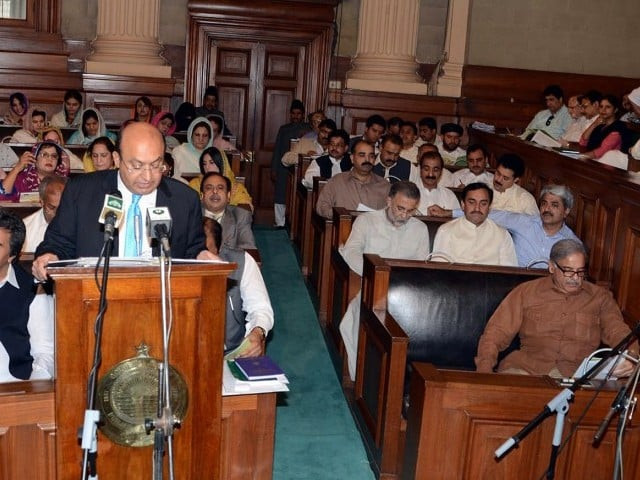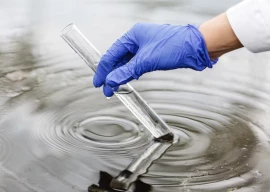
The Punjab budget for 2012-13 is a pro-poor budget with record subsidies and increased funds for the development of backward areas, said Finance Minister Mujtaba Shujaur Rehman and Senior Advisor to the Chief Minister Sirdar Zulfiqar Khosa at the post-budget press conference on Sunday.
They said that the budget included special packages for agriculture and social welfare. They said that Rs34 billion had been allocated for removing the economic problems of lower income classes, which amounted to a record subsidy for the poor. They said they were confident the budget would usher in real and sustainable development.
Khosa and Rehman said that the budget reflected the people-friendly policies of the PML-Nawaz. They said that the budget was drawn up by public representatives, not bureaucrats. The government began consulting assembly members on the budget in February and Chief Minister Shahbaz Sharif monitored the entire process. Many experts were also consulted.
They said that there were special measures for the poor, the young, women and farmers in the budget. A sum of Rs3 billion had been allocated for the provision of interest-free loans of Rs50,000 to 150,000 educated and skilled young people. The Rs2 billion green tractor scheme would provide subsidies on tractors to 20,000 people. Some 50,000 graduates would get four-month internships at a stipend of Rs10,000 per month under a Rs1.5 billion programme. The government would continue handing out computers to the brightest students, with Rs4 billion allocated for the purchase of 125,000 laptops for the next fiscal year. An Innovation Development Fund would be set up with seed money of Rs500 million. Some 80,000 government jobs would be given to young people on the basis of merit. They said that the government had allocated a total of Rs15 billion to programmes for the youth. Projects for the welfare of women had been allocated Rs14 billion. The Punjab government had also set a 15 per cent quota for women in government jobs, they said.
Khosa and Rehman said that Rs10 billion had been allocated for energy projects. Coal-fired plants would be set up at six sites to provide electricity for industrial estates. An energy fund would be set up and the private sector would be given incentives to set up power plants. The Punjab Power Development Board had started preliminary work on 54 projects that would generate 688 MW, and an agreement has been reached with Chinese companies for a 120 MW hydropower plant at Taunsa Barrage.
About government expenses, they said that the provincial administration would continue with its “campaign of austerity and simplicity”. No new vehicles would be purchased, unless they were sanctioned by an austerity committee. Cabinet members had agreed to a 30 per cent cut in their monthly pay.
Khosa and Rehman said that a record Rs80 billion, or 32 per cent of the Rs250 billion Annual Development Programme, had been allocated for southern Punjab. They said that projects to build Daanish Schools, hospitals, medical colleges, bridges, roads and other facilities in the region had been given priority. All the money allocated to the region in the previous year’s budget was actually spent in the region, and the same would be true for the 2012-13 budget, they said.
They said that four new Ashiyana housing schemes costing Rs2 billion would be built in cities other than Lahore. The government would get 1,200 new buses for urban transport in the province.
Planning and Development Chairman Javed Aslam and Finance Secretary Tariq Bajwa also attended the press conference and answered questions.
Published in The Express Tribune, June 11th, 2012.


















COMMENTS
Comments are moderated and generally will be posted if they are on-topic and not abusive.
For more information, please see our Comments FAQ